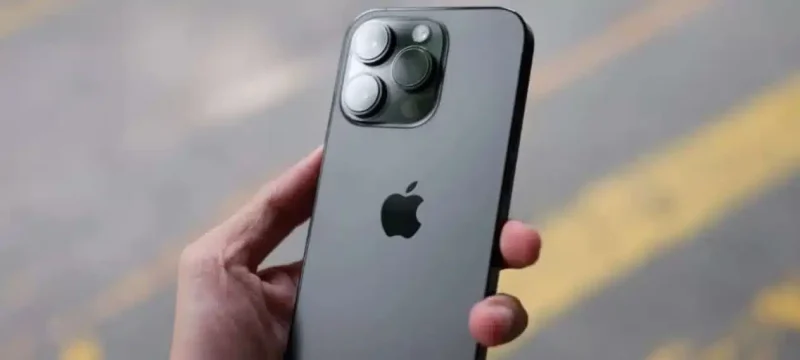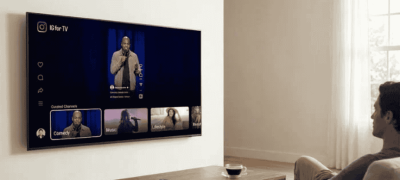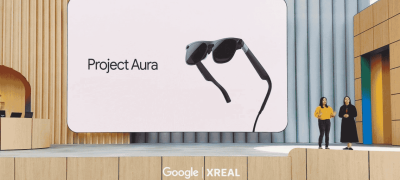While the current standard iPhone models maintain a 12MP resolution, the upcoming iPhone 15 and 15 Plus will bring a substantial upgrade with 48MP primary sensors.
Notably, renowned analyst Ming-Chi Kuo suggests that this new sensor will surpass the performance of the one found in the iPhone 15 Pro variants.
It’s important to mention that the iPhone 15 Pro and 15 Pro Max are expected to retain the previous year’s sensor (Sony IMX803). In contrast, the base iPhone 15 models will take the lead by incorporating Sony’s latest stacked image sensor design, promising improved photography capabilities.
Read more : The anticipated 2025 introduction of a foldable iPhone has cooled excitement
Stacked Image Sensors
In a stacked arrangement, each pixel’s photodiode and transistor are layered on top of each other, as opposed to the conventional side-by-side placement. This innovative approach allows the stacked sensor to capture nearly twice as much light as regular sensors, resulting in exceptional dynamic range.
For the upcoming X100 series, Vivo plans to adopt the Sony Lytia LYT800 sensor, which boasts a 1/1.43″ size and delivers performance similar to a traditional 1″ sensor.
According to the analyst’s timeline, the stacked sensors will make their way to the Pro models the following year, specifically the iPhone 16 Pro and 16 Pro Max. Apple can still differentiate its cameras using factors like sensor size and image stabilization techniques.
Furthermore, in this generation, the iPhone 15 Pro Max will notably feature a periscope camera system, indicating that the camera improvements extend beyond the primary sensor.
Looking ahead to the iPhone 16 Pro Max, an exclusive “super telephoto” periscope is anticipated, further enhancing the device’s photographic capabilities.
Kuo advises that the supply of stacked Sony sensors will remain limited until 2025, as Apple will acquire them in large quantities for manufacturing tens of millions of iPhones. This could pose challenges for other smartphone makers seeking to secure the same sensors for their devices.









